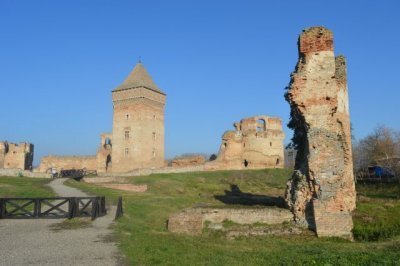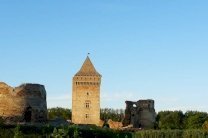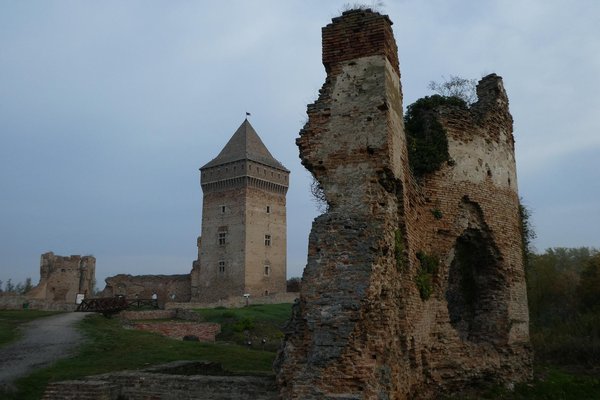Serbia
Cultural landscape of Bač
The Cultural landscape of Bač has seen, for centuries, multi-ethnic groups coexisting in harmony.
Catholic, Islamic and Orthodox influences can be found in its religious and civic structures and art. Central to this border town is its medieval fortress, built to withstand invading Ottoman forces.
Site Info
Official Information
- Full Name
- Cultural landscape of Bač and its surroundings (ID: 6386)
- Country
- Serbia
- Status
-
On tentative list 2019
Site history
History of Cultural landscape of Bač
- 2024: Requested by State Party to not be examined
- After a Not Inscribe advice by ICOMOS (OUV not demonstrated)
- 2023: Incomplete - not examined
- .
- 2019: Added to Tentative List
- Added to tentative list
- Type
- Cultural
- Criteria
Links
All Links
No links available.
Community Information
- Community Category
- Cultural Landscape: Continuing
Travel Information
Recent Connections
News
No news.
Community Reviews
Show full reviews
Bač - to my surprise - is next year's candidate for the World Heritage List for Serbia. It was to be expected, as they already tried in 2023, but the very fact that this sleepy little town has been targeted for Serbian heritage protection agency is thought-provoking. There are many truly outstanding sites in the country, from Lepenski Vir to the synagogue in Subotica, that are not even on the tentative list. Bac is neither a tourist site nor a historically significant one. There are quite a few castles like Bač on the territory of historic Hungary, and the only one that has made the World Heritage List is the castle of Spis. However, the fact itself that the Serbian heritage authority has placed Bač on the tentative list suggests that there is a twist in the story that is missing from the general descriptions of the castle. There must be "outstanding universal value" somewhere. Well, actually there can be - but I"m far from sure that it will be enough to convince the ICOMOS. If yes, that will mostly be due to the fact that Serbia is very much behind in World Heritage terms.
Today, Bač is an insignificant little town in Vojvodina with a population of just over 5,000, close to the Croatian border, with only 15,000 inhabitants, including the small villages that belong to it, and the number is falling dramatically year on year. On a sunny but cold winter's day, there were barely anybody on …
Keep reading 0 comments
Bac - what phonetic consonance best suited this place steeped in history, surrounded by a world of waters. There are lakes, but also a river.It is almost the border of Vojvodina, a stone's throw from the Karadordevo Reservation. The muddy soil has attracted the man of ancient times here, taking him practically from the middle of nature.It is practically the area of millennial symbiosis that we can call agricultural archeology - it is so bidding to expose to the viewer the diversity of tools and storage vessels from the darkness of history until relatively new times.The granary between the waters has thus sustained populations that have prospered, no matter how they were called the masters of the place.We are talking about the invisible border of the West with the East, here are mixed elements of the old world (with most nations, stately or migratory) with the medieval one (from Romanesque to Byzantine, from Renaissance to Baroque) but also with Eastern influences.Initially, it is a settlement from the Iron Age, evolving into the Bronze Age, as the first population of the Celts.In the Middle Ages the massive investment in the defensive system of the area begins, considering that here it was wanted to draw the western demarcation line against the Ottomans.The proximity of another temporary empire made the place under Habsburg control (first Austrians, then Hungarians), but the region becomes part of the Serb-Croatian-Slovenian Kingdom.In order to imagine how complex the defensive element had become, we took the castle-fortress, so not …
Keep reading 0 comments